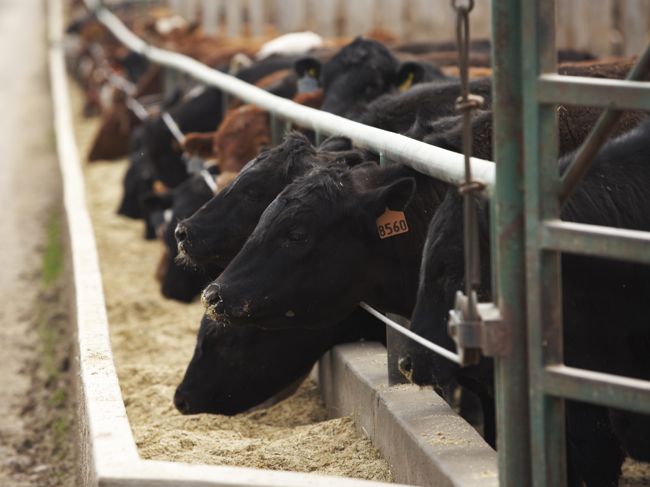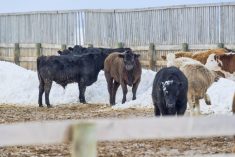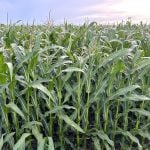Alan Paton stated when men are ruled by fear, they strive to prevent the very changes that will abate it. The feeder cattle market is contending with a negative round of feeding margins over the next few months, which continues to result in weaker values.
Western Canadian feeder cattle prices were generally $3 to $8 lower this past week, as adverse weather plagued much of the Prairie region. Auction markets in eastern Saskatchewan and Manitoba received minimal numbers late in the week due to a snowstorm, so the focus was on the Alberta locations for market direction. Feedlots continue to pull in the reins on purchases because they are holding larger supplies of market-ready cattle in a declining market. Lighter-weight calves under 600 lbs. held value with week-ago levels in some cases, but the realization of lower fed cattle prices for the summer timeframe set a negative tone overall. Feedlot operators appear to be carrying sufficient numbers moving into the winter period. At the same time, the cow-calf farmer holding out for some recovery threw in the cards this week, deciding to market calves under strenuous conditions. The clouds overhanging the markets inside and outside the ring were representative of the mood hearing the gavel drop concluding sales at lower prices.
Read Also

U.S. livestock: Chicago cattle, hogs drop
Chicago cattle and hog futures fell on Wednesday. Most-active February live cattle futures lost 2.100 cents to settle at 234.525…
East-central Alberta saw mixed steer calves weighing just over 625 lbs. average $246; in southern Alberta, similar cattle traded in the range of $250 to $255. Mixed heifers weighing around 800 lbs. traded as low as $210 in central Alberta while mixed steers averaging 700 lbs. sold for $232 in the same region. Feedlots factored in larger risk discounts due to deathloss this week; major feeding areas and southern Alberta have been contending with sloppy pen conditions for about two weeks. Transporting cattle under greater stress will keep feedlot hands busy, adding cost and risk, especially on unvaccinated unweaned calves. Buyers were factoring in these characteristics, which caused extreme variability outside the major feeding regions.
I’ve received more calls from producers over the past week and they were unaware of the market risks moving forward. U.S. second-quarter beef production is projected to reach 6.5 billion lbs., up from 5.9 billion lbs. in 2014 so the live cattle futures are factoring a surge in production. U.S. feeder prices were $5 to $10 below week-ago levels, which also spilled over into Western Canada.
— Jerry Klassen is manager of the Canadian office for Swiss-based grain trader GAP SA Grains and Produits. He is also president and founder of Resilient Capital, which specializes in proprietary commodity futures trading and commodity market analysis. Jerry owns farmland in Manitoba and Saskatchewan but grew up on a mixed farm/feedlot operation in southern Alberta, which keeps him close to the grassroots level of grain and cattle production. Jerry is a graduate of the University of Alberta. He can be reached at 204-504-8339.
















